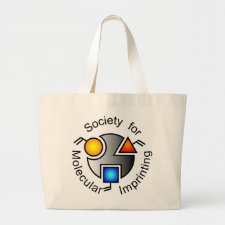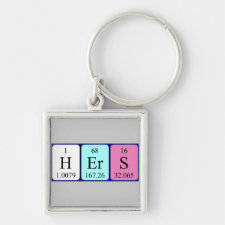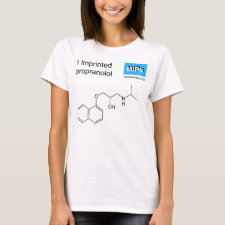
Authors: Zhao M, Chen XJ, Zhang HT, Yan HS, Zhang HQ
Article Title: Well-Defined Hydrophilic Molecularly Imprinted Polymer Microspheres for Efficient Molecular Recognition in Real Biological Samples by Facile RAFT Coupling Chemistry.
Publication date: 2014
Journal: Biomacromolecules
Volume: 15
Issue: (5)
Page numbers: 1663-1675.
DOI: 10.1021/bm500086e
Abstract: A facile and highly efficient new approach (namely RAFT coupling chemistry) to obtain well-defined hydrophilic molecularly imprinted polymer (MIP) microspheres with excellent specific recognition ability toward small organic analytes in the real, undiluted biological samples is described. It involves the first synthesis of "living" MIP microspheres with surface-bound vinyl and dithioester groups via RAFT precipitation polymerization (RAFTPP) and their subsequent grafting of hydrophilic polymer brushes by the simple coupling reaction of hydrophilic macro-RAFT agents (i.e., hydrophilic polymers with a dithioester end group) with vinyl groups on the "living" MIP particles in the presence of a free radical initiator. The successful grafting of hydrophilic polymer brushes onto the obtained MIP particles was confirmed by SEM, FT-IR, static contact angle and water dispersion studies, elemental analyses, and template binding experiments. Well-defined MIP particles with densely grafted hydrophilic polymer brushes (~1.8 chains/nm2) of desired chemical structures and molecular weights were readily obtained, which showed significantly improved surface hydrophilicity and could thus function properly in real biological media. The origin of the high grafting densities of the polymer brushes was clarified and the general applicability of the strategy was demonstrated. In particular, the well-defined characteristics of the resulting hydrophilic MIP particles allowed the first systematic study on the effects of various structural parameters of the grafted hydrophilic polymer brushes on their water-compatibility, which is of great importance for rationally designing more advanced real biological sample-compatible MIPs
Template and target information: propranolol, 2,4-D, 2,4-dichlorophenoxyacetic acid



Join the Society for Molecular Imprinting

New items RSS feed
Sign-up for e-mail updates:
Choose between receiving an occasional newsletter or more frequent e-mail alerts.
Click here to go to the sign-up page.
Is your name elemental or peptidic? Enter your name and find out by clicking either of the buttons below!
Other products you may like:
 MIPdatabase
MIPdatabase









